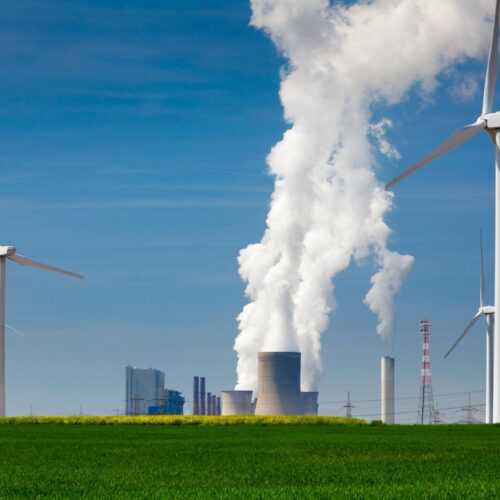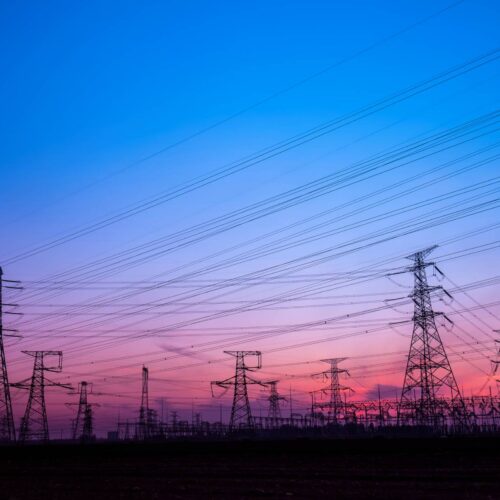
Electricity

Market Structures
Expanding and maturing markets are supporting investment in generation and grid infrastructure, putting new stress on the economics of coal, and improving the economics of renewables. In response, market parameters are evolving to support electricity reliability and affordability as systems accommodate higher levels of variable and distributed energy resources. This report highlights key trends and innovative examples to describe how power sector leaders are reforming market structures to accelerate the energy transition.

Fossil Fuel Transition Strategies
To reliably transition the coal fleet, minimize the build-out of new gas, and mitigate customer and ratepayer impacts, utilities and governments are taking advantage of new financing and reinvestment opportunities that can help ease and support the transition to clean energy. This report compiles examples and data to describe how power sector leaders are leveraging fossil transition strategies to make progress on energy transition priorities.

Points of Progress
No two countries’ energy transitions will be the same as countries’ diverse needs, priorities, and resources will require different trajectories and tailored solutions. However, no one country should have to chart their own path in a silo. There are a growing number of points of progress across the globe that can help guide and inspire the work ahead. This report describes the challenge ahead and introduces key elements of the Global Energy Transformation Guide framework, including seven key outcomes and eight catalysts for change.

What Utility Regulators Need to Know about the IRA
For Utility Regulators - The Inflation Reduction Act is the largest investment to date to modernize the US energy system, and regulators have a role to play in its implementation.

Making the Clean Energy Transition Affordable
his report explores how totex ratemaking could help keep utility rates affordable through the clean energy transition by putting utility capex and opex projects on a level playing field.